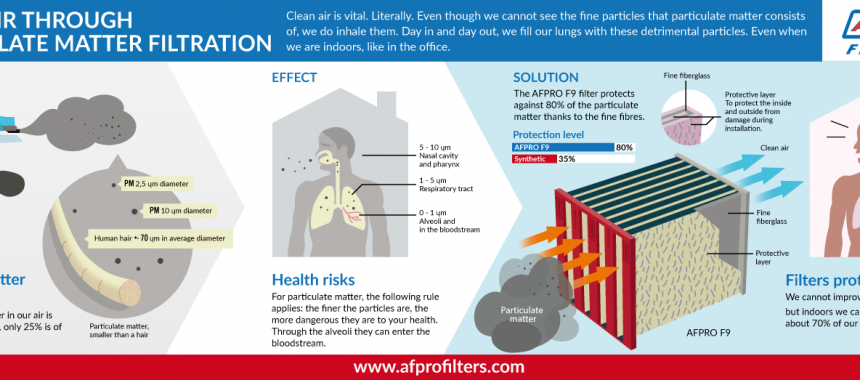The Future Of Home Home Heating - Exactly How Heatpump Technology Is Progressing
The Future Of Home Home Heating - Exactly How Heatpump Technology Is Progressing
Blog Article
Posted By-Baker Byrne
Heat pumps will certainly be an important modern technology for decarbonising home heating. In a situation consistent with federal governments' introduced power and climate commitments, their international capability increases by 2030, while their share in home heating rises to one-quarter.
They function best in well-insulated homes and rely upon electricity, which can be supplied from a sustainable power grid. Technological innovations are making them a lot more reliable, smarter and less costly.
Fuel Cells
Heat pumps make use of a compressor, refrigerant, coils and followers to move the air and warm in homes and home appliances. They can be powered by solar energy or electrical energy from the grid. They have actually been acquiring appeal due to their affordable, silent operation and the ability to generate electricity throughout peak power demand.
Some firms, like IdaTech and BG MicroGen, are working on gas cells for home heating. These microgenerators can change a gas central heating boiler and generate a few of a residence's electrical requirements with a connection to the power grid for the rest.
However there are reasons to be doubtful of using hydrogen for home heating, Rosenow states. It would certainly be pricey and ineffective compared to various other technologies, and it would certainly contribute to carbon discharges.
Smart and Connected Technologies
Smart home modern technology permits homeowners to connect and control their gadgets remotely with using mobile phone apps. For example, wise thermostats can learn your home heating choices and automatically adjust to maximize energy consumption. Smart illumination systems can be managed with voice commands and immediately switch off lights when you leave the area, minimizing power waste. And clever plugs can keep track of and handle your electric use, allowing you to recognize and limit energy-hungry devices.
The tech-savvy family illustrated in Carina's meeting is an excellent picture of exactly how passengers reconfigure area home heating techniques in the light of brand-new smart home technologies. They rely upon the tools' automated features to execute daily modifications and concern them as a hassle-free means of conducting their heating practices. Therefore, they see no reason to adapt their methods further in order to enable adaptability in their home power demand, and interventions targeting at doing so might deal with resistance from these houses.
Electrical energy
Because heating up homes accounts for 13% people exhausts, a button to cleaner choices might make a large distinction. Yet the innovation encounters challenges: It's pricey and requires substantial home restorations. And https://observer-reporter.com/publications/jed-heating-cooling-has-been-servicing-mon-valley-for-more-than-four-decades/article_ee0eb968-b4c6-11eb-b873-a36470f3683d.html 's not constantly suitable with renewable resource sources, such as solar and wind.
Until just recently, electrical heatpump were too expensive to compete with gas versions in the majority of markets. Yet new technologies in layout and products are making them extra budget-friendly. And much better cool climate efficiency is enabling them to work well also in subzero temperatures.
https://www.heraldtribune.com/story/news/2020/10/20/fast-track-trainings-provide-economic-mobility-low-income-areas/3622457001/ in decarbonising heating may be making use of heat networks, which draw warmth from a main source, such as a nearby river or sea inlet, and distribute it to a network of homes or buildings. That would decrease carbon discharges and permit families to capitalize on renewable energy, such as environment-friendly power from a grid supplied by renewables. This option would be less pricey than switching over to hydrogen, a fossil fuel that requires brand-new facilities and would just reduce CO2 emissions by 5 percent if paired with boosted home insulation.
Renewable resource
As electrical energy rates drop, we're beginning to see the exact same pattern in home heating that has driven electric cars and trucks right into the mainstream-- yet at an also faster rate. The solid environment situation for electrifying homes has actually been pressed better by new research study.
Renewables make up a substantial share of modern warmth usage, yet have actually been provided minimal policy focus globally contrasted to other end-use sectors-- and also much less attention than electricity has. Partly, this reflects a mix of consumer inertia, split incentives and, in numerous countries, aids for nonrenewable fuel sources.
New technologies can make the shift much easier. For instance, heat pumps can be made extra power reliable by replacing old R-22 refrigerants with brand-new ones that do not have the high GWPs of their precursors. Some specialists also picture district systems that draw heat from a close-by river or sea inlet, like a Norwegian fjord. The cozy water can then be used for heating and cooling in an area.